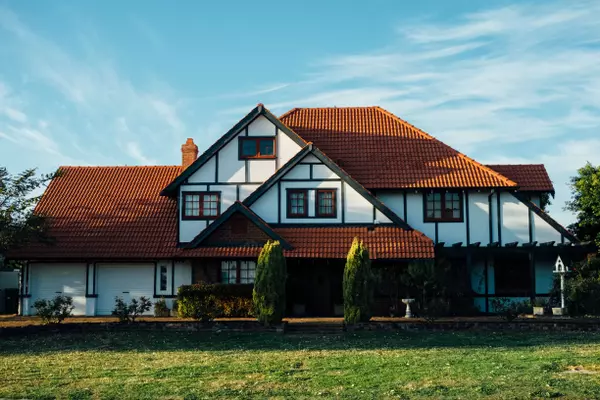New website and wayfinding app to spotlight Gullah landmarks on Hilton Head Island
HILTON HEAD ISLAND, S.C. (WTOC) - The Gullah Geechee Historic Neighborhoods Community Development Corporation (CDC) is set to launch its Experience Gullah website and an accompanying wayfinding app that brings the history of significant Gullah landmarks on Hilton Head Island to life.
The community is invited to celebrate the launch, Thursday, Oct. 2, at 5:30 p.m. at the Rowing & Sailing Center at Squire Pope Community Park, 137 Squire Pope Road.
Guests will preview the new website, showcasing Gullah Geechee history and culture on Hilton Head Island, and view a live demo of the wayfinding app.
“A part of our strategic action plan for the Town of Hilton Head Island and the CDC is to preserve the Gullah Geechee culture that is prevalent throughout the Island’s historic neighborhoods,” said CDC Executive Director Thomas Boxley.
For the past year, Boxley and a team from Solaos, Inc., a Tulsa-based technology firm, worked together to create an online platform that honors Gullah culture, promotes Gullah-owned businesses and events, and attracts visitors to cultural sites across Hilton Head Island.
The free Experience Gullah wayfinding app, available in app stores, currently features seven historic landmarks around Hilton Head Island.
At each site, visitors will be able to scan a QR code to learn their history:
Old School House Park – Site of Hilton Head’s first consolidated public elementary school, opened in 1954.
Robinson Junior High Historical Marker – The marker highlights the history of a former school for African American children in grades 6–8.
Driessen Beach Park – This Town-owned beach park was once the site of a popular beach spot for African American families and visitors.
Fisherman’s Co-op – Once located where the Rowing & Sailing Center stands today, this co-op united Black fishermen who sustained the Island’s shrimping industry and helped block a proposed chemical plant.
Fish Camp (Simmons Fishing Camp) – Operated by Capt. Charlie Simmons, Sr., this site served as a launch point for transporting goods to Savannah and ferrying Islanders to and from the mainland.
Barnwell Tabby – This North Island tabby landmark, built between 1730 and 1750, reflects West African building traditions brought by enslaved Africans along the Carolina coast.
Historic Mitchelville – Established in 1862 as the nation’s first self-governed town for formerly enslaved people.
Boxley says additional landmark sites will be added to the app in the future.
Recent Posts










